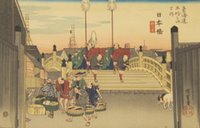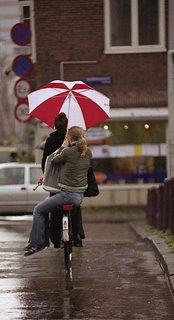Annual Sushi Eating Day
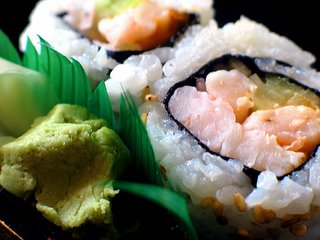 Next week in Japan promises some un-forgettable sites and a fair amount of indigestion. Setsubun—the symbolic start of spring which comes Friday, February 3rd—has of late turned into Annual Sushi Eating Day. In a triumph of marketing, not unlike chocolatiers on Valentine’s Day, Japan’s sushi makers have turned an old fable into a marketing bonanza.
Next week in Japan promises some un-forgettable sites and a fair amount of indigestion. Setsubun—the symbolic start of spring which comes Friday, February 3rd—has of late turned into Annual Sushi Eating Day. In a triumph of marketing, not unlike chocolatiers on Valentine’s Day, Japan’s sushi makers have turned an old fable into a marketing bonanza.Well, actually, not so long ago, "in the late1940s" a famous samurai gulped down an uncut sushi roll prior to winning a difficult battle. This explanation—courtesy of The Economist—seems either dubious or a misprint. Anyone who saw The Last Samurai knows that they were all gone by the 20th Century. Besides, exactly who was fighting who in Japan during the post-war period? The main point is that you have to eat the whole roll, no cutting allowed.
Though The Economist is likely 100 years off on their JPN history, since they are a business mag, let’s believe them when they say that Lawsons, Japan's second-largest convenience store chain, sold some 200,000 fortune rolls in 2002 and expects to sell 2.3m this Setsubun at ¥380 ($3.30) each. Seven-Eleven, the largest convenience-store chain, last year saw sales grow by more than a third, to some ¥3m.
Sushi anyone?
PS: This beautiful photo is by Adam Polselli

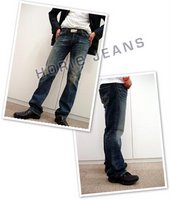
 If you are worried about investing in Livedoor stock, you can
If you are worried about investing in Livedoor stock, you can 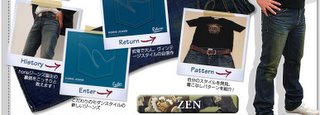 Dressing like Horie won’t get you $2 billion. But it won’t get arrested either.
Dressing like Horie won’t get you $2 billion. But it won’t get arrested either.
